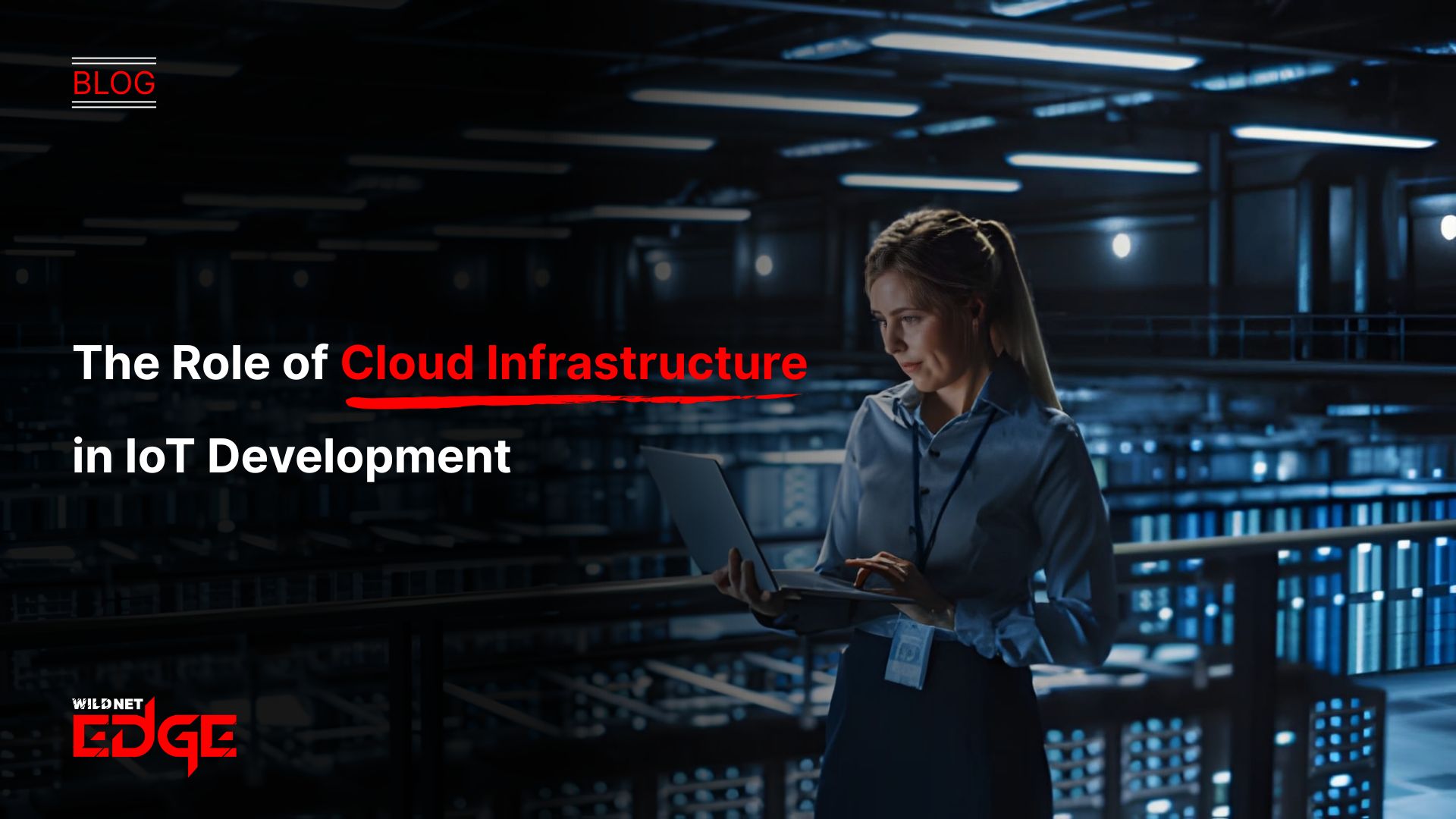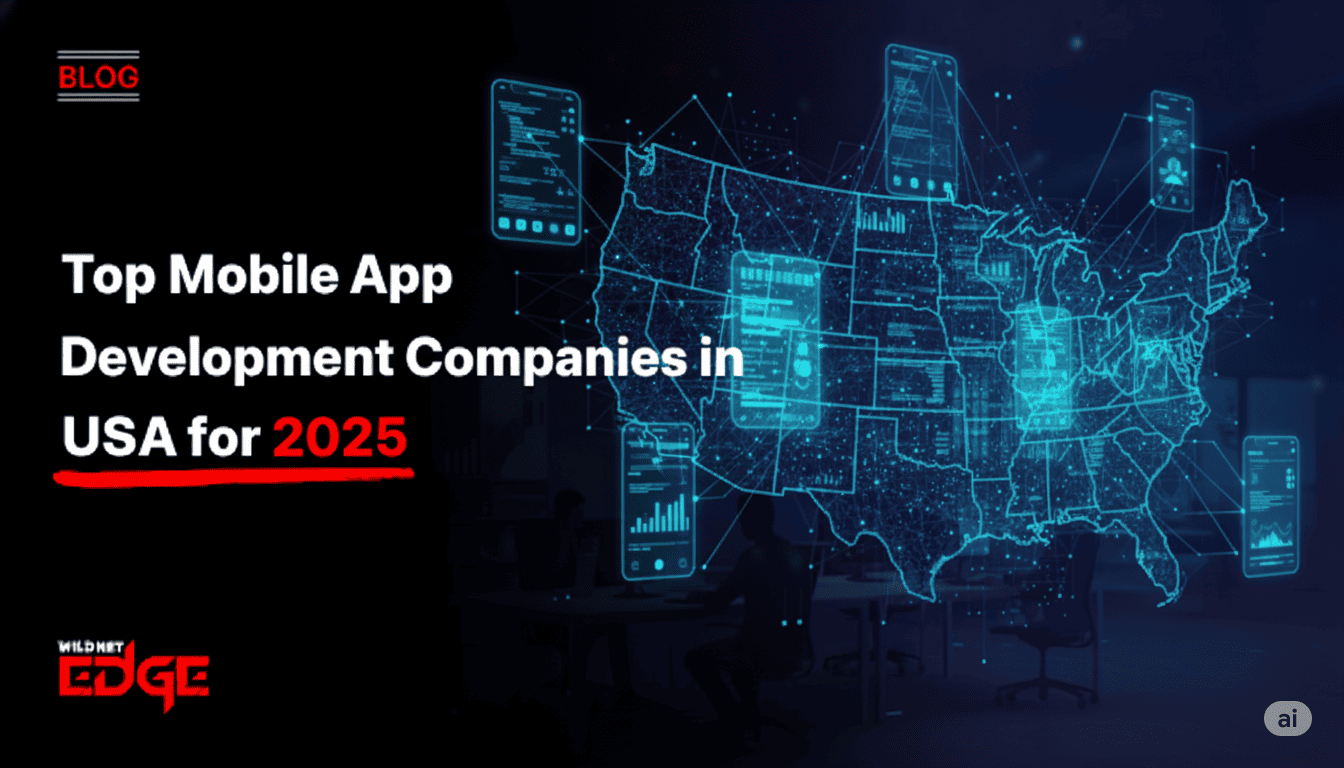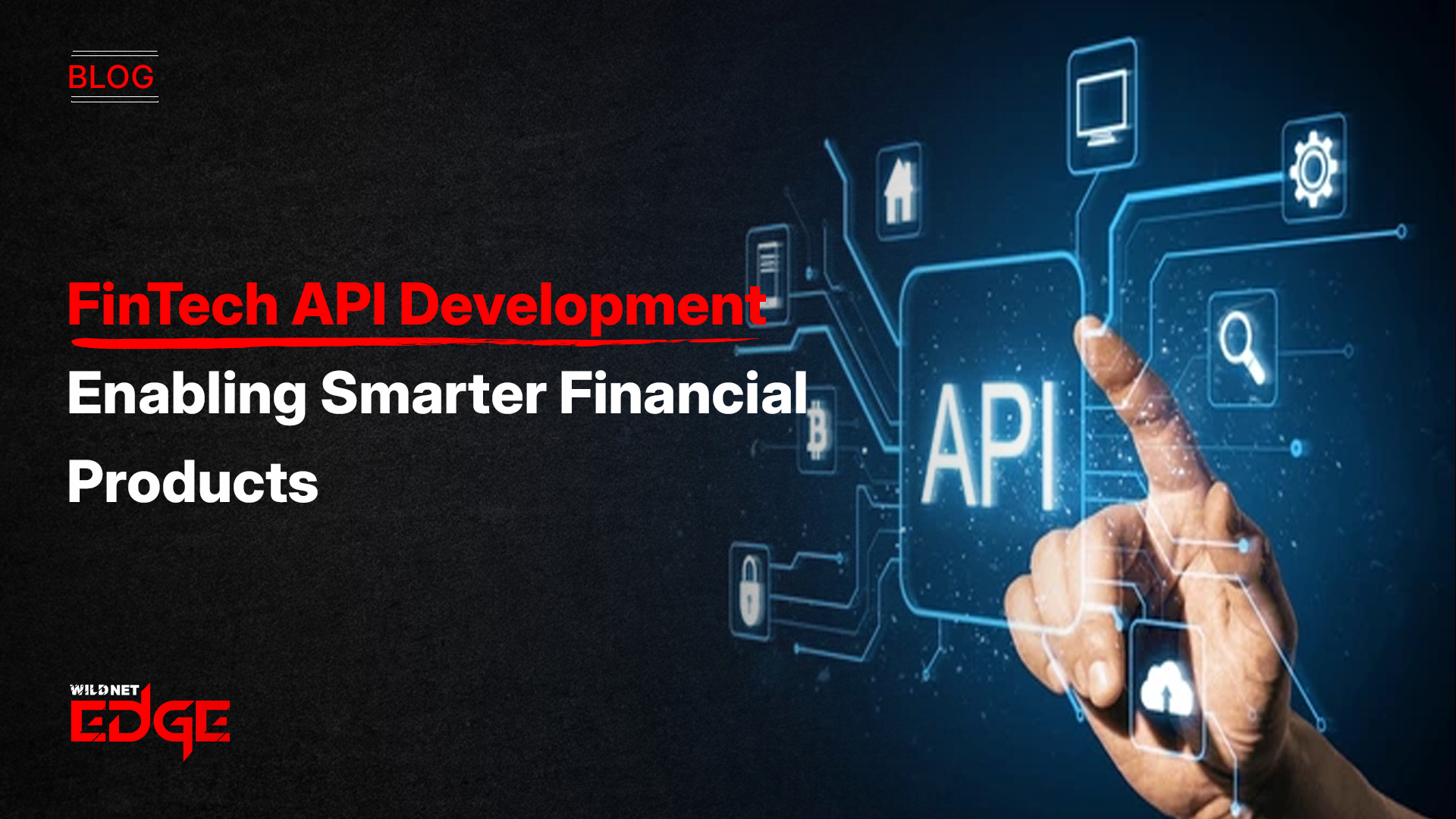TL;DR
This article explores how cloud infrastructure powers successful IoT deployments by managing connectivity, massive data streams, and analytics. It highlights benefits like scalability for millions of connected devices, advanced data processing, and global reliability. With IoT platforms, stream processing, and scalable databases at its core, strong cloud infrastructure is essential for driving efficiency, innovation, and competitiveness.
The Internet of Things is connecting our world at an unprecedented rate, generating millions of data points from billions of devices. These devices offer immense potential for innovation and efficiency, from smart homes and wearables to industrial sensors and connected vehicles. However, the actual value of IoT lies not just in the devices themselves, but in the ability to manage them, collect their data, and turn that data into actionable insights. This requires a robust, scalable, and resilient backend, a role perfectly filled by modern cloud infrastructure for IoT.
What is Cloud Infrastructure for IoT?
Cloud infrastructure for IoT refers to the collection of cloud-based services and resources specifically designed to support the unique demands of IoT applications. The essential backend ecosystem enables cloud-connected devices to function effectively at scale. This typically includes:
- Device Management: Tools to securely connect, provision, monitor, and manage the lifecycle of potentially millions of IoT devices.
- Data Ingestion: High-throughput services can receive massive data streams from diverse devices reliably.
- Data Storage: Scalable, cost-effective storage solutions (like data lakes and time-series databases) designed for vast IoT datasets.
- Data Processing & Analytics: Tools for real-time stream processing, batch analysis, and applying machine learning models to extract insights.
- Application Hosting: Compute resources (servers, containers, serverless functions) to run the business logic and user-facing applications that interact with the IoT data.
Essentially, it’s the powerful engine room that makes the entire IoT system work, often built with the expertise of an IoT Development Company.
Why Cloud is Essential for Your Business
Attempting to build the necessary backend for a large-scale IoT deployment using traditional on-premise infrastructure is practically impossible and prohibitively expensive. The cloud offers unique advantages that are perfectly suited to the challenges of IoT.
Handling Massive Data Volumes and Velocity
IoT devices generate data constantly, often at incredibly high speeds. Cloud platforms are built to handle this “big data” challenge, offering virtually limitless storage and specialized services designed for ingesting and processing high-velocity data streams that would overwhelm traditional systems.
Enabling Unprecedented IoT Scalability
An IoT deployment might start with hundreds of devices but could quickly grow to millions. Cloud infrastructure provides the elasticity needed to achieve true IoT scalability. Using features like auto-scaling and serverless computing, your backend can automatically adjust its capacity to handle fluctuating numbers of devices and data volumes, ensuring consistent performance without manual intervention. This requires robust Cloud Infrastructure Services.
Providing Advanced Analytics & AI/ML Capabilities
The real value of IoT data comes from analysis. Cloud providers offer powerful, readily available services for big data analytics, machine learning, and AI. This allows businesses to easily build sophisticated applications on top of their IoT data—like predictive maintenance models or real-time anomaly detection—without needing to build the complex underlying infrastructure themselves.
Ensuring Global Reach and Reliability
IoT deployments are often geographically dispersed. Cloud providers have global networks of data centers, allowing you to deploy your infrastructure close to your devices and users. This reduces latency and improves reliability. Features like multi-region redundancy ensure your IoT platform remains available even if one data center experiences an outage.
Major Cloud Components for IoT Infrastructure
A well-architected cloud infrastructure for IoT leverages several key types of cloud services.
- IoT Core/Hub Platforms: Services like AWS IoT Core, Azure IoT Hub, and Google Cloud IoT Platform provide essential device management, secure connectivity (MQTT, HTTPS), and data ingestion capabilities.
- Stream Processing Services: Tools like AWS Kinesis, Azure Stream Analytics, or Google Cloud Dataflow allow you to process and analyze incoming IoT data streams in real-time.
- Scalable Storage: Options include Data Lakes (AWS S3, Azure Data Lake Storage, Google Cloud Storage) for raw data, and specialized databases (like TimescaleDB or Amazon Timestream) optimized for time-series sensor data.
- Compute Services: Depending on the need, this could involve Virtual Machines, Containers (managed via Kubernetes services like EKS, AKS, GKE), or Serverless Functions (AWS Lambda, Azure Functions, Google Cloud Functions) for event-driven processing. Many modern IoT backends are built as sophisticated platforms, sometimes resembling those created by a SaaS Development Company.
- Security Services: Cloud platforms offer robust tools for identity management, network security (firewalls, VPCs), and data encryption to secure cloud-connected devices and their data.
Case Studies
Case Study 1: An Industrial Predictive Maintenance Platform
- Challenge: A company that produces industrial equipment wanted to be able to predict when their machines would need maintenance and offer this service to their customers. This would entail analyzing data from real-time sensors placed on machines worldwide, thousands of them, to discover if and when the machines would fail.
- Our Solution: We created a reliable and scalable cloud infrastructure for IoT that was based on AWS. The platform took advantage of AWS IoT Core for device management and data ingestion, Kinesis for real-time stream processing, and SageMaker for training and deployment of machine learning models that predicted equipment failures based on sensor readings.
- Result: The manufacturer roll out its predictive maintenance service successfully. The cloud platform was capable of scaling automatically to manage data from thousands of machines at the same time, thus cutting their customers’ downtimes by 30% and making it possible for them to earn a large amount of new recurring revenue.
Case Study 2: A Smart Agriculture Solution
- The Challenge: An AgTech startup developed sensors to monitor soil conditions, weather, and crop health. They needed a reliable and cost-effective way to collect data from remote farms and provide actionable insights to farmers via a mobile app.
- Our Solution: We built a cloud backend on Google Cloud Platform using IoT Core and serverless Cloud Functions for data processing. We developed a mobile application providing farmers with real-time dashboards and alerts. This involved significant work from our Custom App Development Company team.
- The Result: The platform enabled farmers to optimise irrigation and fertilisation, leading to a 15% increase in crop yields and significant water savings. The serverless cloud architecture kept infrastructure costs low, crucial for the startup’s business model focused on IoT scalability.
Our Technology Stack for IoT Cloud
We leverage best-in-class cloud services and development tools.
- Cloud Platforms: AWS, Google Cloud, Microsoft Azure
- IoT Services: AWS IoT Core, Azure IoT Hub, Google Cloud IoT Platform
- Data Processing: Kafka, Spark, Flink, Kinesis, Dataflow
- Databases: TimescaleDB, InfluxDB, MongoDB, PostgreSQL, Bigtable
- Compute: Kubernetes, Docker, Lambda, Cloud Functions, Azure Functions
- Infrastructure as Code: Terraform, Pulumi
Conclusion
For any significant IoT initiative, a robust cloud infrastructure for IoT is not just an enabler; it is a prerequisite for success. It provides the only practical way to achieve the massive IoT scalability, data processing power, and global reach required. By strategically leveraging cloud services, businesses can transform the flood of data from cloud-connected devices into tangible value, driving efficiency, innovation, and competitive advantage.
Ready to build the cloud foundation for your connected future? At Wildnet Edge, our AI-first approach ensures we deliver intelligent Software Development Solutions. We don’t just connect devices; we build smart, scalable cloud platforms that turn your IoT data into your most valuable asset.
FAQs
Handling the sheer volume, velocity, and variety of data generated by thousands or millions of IoT devices typically overwhelms traditional on-premise infrastructure. Cloud platforms offer purpose-built services for data ingestion, storage, and processing at a scale and cost-efficiency that is nearly impossible to replicate privately.
Securing the devices themselves (“edge security”) and ensuring secure communication between potentially millions of diverse devices and the cloud platform is a major challenge. Robust device provisioning, authentication, and encrypted communication protocols (like MQTT over TLS) are critical.
All three major providers offer excellent and comparable IoT services. The choice often depends on factors like your team’s existing cloud expertise, specific feature requirements (e.g., specialized AI/ML services), pricing models for IoT-specific services, and existing enterprise agreements.
Edge computing involves performing some data processing directly on or near the IoT device itself, rather than sending all raw data to the central cloud. This is crucial for applications requiring very low latency (like autonomous vehicles) or operating in environments with limited connectivity.
Cloud costs typically scale linearly or sub-linearly with the number of devices and the amount of data processed. The pay-as-you-go model means you pay more as you grow, but your cost per device often decreases at scale due to tiered pricing and efficiencies. Careful architecture design is key to optimizing costs.
MQTT or Message Queuing Telemetry Transport is a lightweight messaging protocol designed for constrained devices and low-bandwidth, high-latency networks. It’s highly efficient for sending small packets of sensor data from potentially millions of devices to a central cloud broker, making it ideal for many cloud-connected devices.
The first step is a thorough requirements analysis. You need to clearly define: the number and type of devices, the frequency and volume of data they will send, the required data processing (real-time vs. batch), the security and compliance needs, and the expected IoT scalability. This forms the basis for all architectural decisions.

Nitin Agarwal is a veteran in custom software development. He is fascinated by how software can turn ideas into real-world solutions. With extensive experience designing scalable and efficient systems, he focuses on creating software that delivers tangible results. Nitin enjoys exploring emerging technologies, taking on challenging projects, and mentoring teams to bring ideas to life. He believes that good software is not just about code; it’s about understanding problems and creating value for users. For him, great software combines thoughtful design, clever engineering, and a clear understanding of the problems it’s meant to solve.
 sales@wildnetedge.com
sales@wildnetedge.com +1 (212) 901 8616
+1 (212) 901 8616 +1 (437) 225-7733
+1 (437) 225-7733































